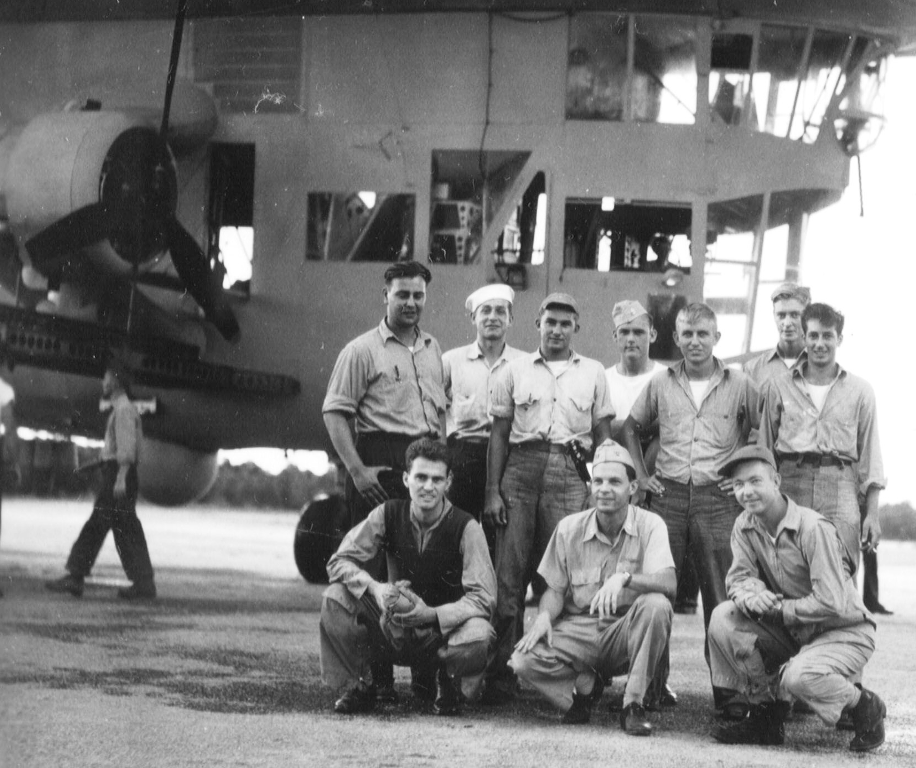
The U.S. Navy began constructing Naval Air Station Richmond in 1942 as a Lighter-Than-Air blimp base. The approximately 2,108-acre base was designed to be entirely self-sufficient and included a mess hall, medical clinic, recreational areas, barracks, and water and sewer systems. The Navy also constructed three blimp hangars; mooring-out sites; a helium plant; and maintenance, propeller, battery, welding, plating, and paint shops, along with other support facilities. The hangars were more than 1,000 feet long, 175 feet high and 297 feet wide with an interior floor space of approximately seven acres. In addition to being home to a blimp squadron, Richmond Naval Air Station also provided maintenance services and supplies to the airships in the Gulf of Mexico and Caribbean region. Blimps patrolled the Atlantic Ocean, Caribbean Sea and the Gulf of Mexico to protect allied marine fleets from German U-boats. The blimp crews would monitor allied ships and would report if they identified any U-boats.
In September 1945, the area began preparing for a hurricane. Believing the hangars at Naval Air Station Richmond were hurricane proof, the military moved aircraft from nearby bases into the blimp hangars. By the time the hurricane hit, more than 300 aircraft were in the hangars along with 25 blimps. During the storm, the roof of Hangar 1 blew off, and shortly thereafter, a fire blazed that quickly spread to the other hangars. Within hours, all three hangars and everything in them were destroyed. The base was never re-built, and by November 1945, it was closed.
The University of Miami, Miami-Dade County Division of Parks and Recreation, Federal Bureau of Prisons and the Coast Guard now own the property that comprises the former Naval Air Station Richmond.
See the Fact Sheet for more information.

RECOGNIZE - The object you found could be dangerous.
RETREAT - Leave the area without touching or moving the object.
REPORT - Call 911 immediately.